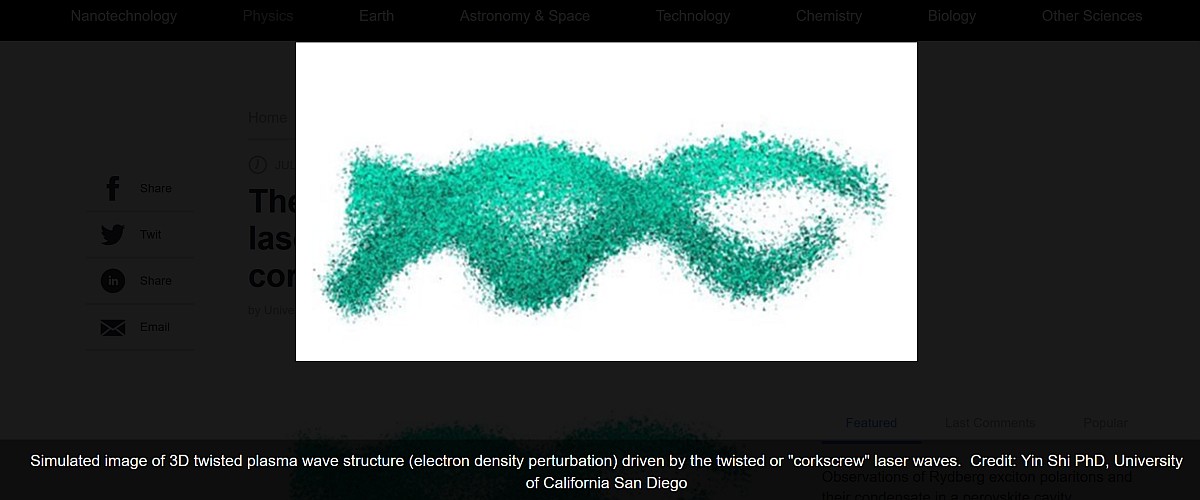Extreme Light Infrastructure - Nuclear Physics will host experiments with the world's first high-intensity twisted laser beams devised by researchers from UC San Diego. These latter are the acclaimed authors of the ground-breaking theory and computer simulations for the first high-intensity laser pulses "shaped like a corkscrew". The bulk of the experimental work will be conducted at ELI-NP with funding from the American National Science Foundation (NSF). Alexey Arefiev, Mechanical and Aerospace Engineering Professor at UC San Diego, stresses the importance of experimentally testing theoretical work, which is in his opinion "the only way to improve [our] understanding of how nature actually works." According to the Director for the Plasma Physics Program at NSF, Vyacheslav Lukin, the opportunity to test this theoretical work is an important step forward for the entire field of light matter interactions at extreme intensities. It is also an example of the incredible achievements that international research collaborations can bring. The US-ELI joint effort is part of a US State Department initiative to encourage international scientific collaboration. In Romania, the UC San Diego researchers will work with a team led by Dan Stutman, Head of the Nuclear Physics Laser experiments at ELI-NP and Principal Researcher at John Hopkins University. The collaboration will also contribute to ongoing research on high-intensity and high-energy twisted light at the ELI-NP and CETAL-PW facilities within a project led by Dan Stutman and backed by funding from the Romanian Ministry of Research and Innovation. For a more thorough report on this important joint scientific endeavour: https://phys.org/news/2019-07-world-high-intensity-laser-pulses-corkscrew.html


